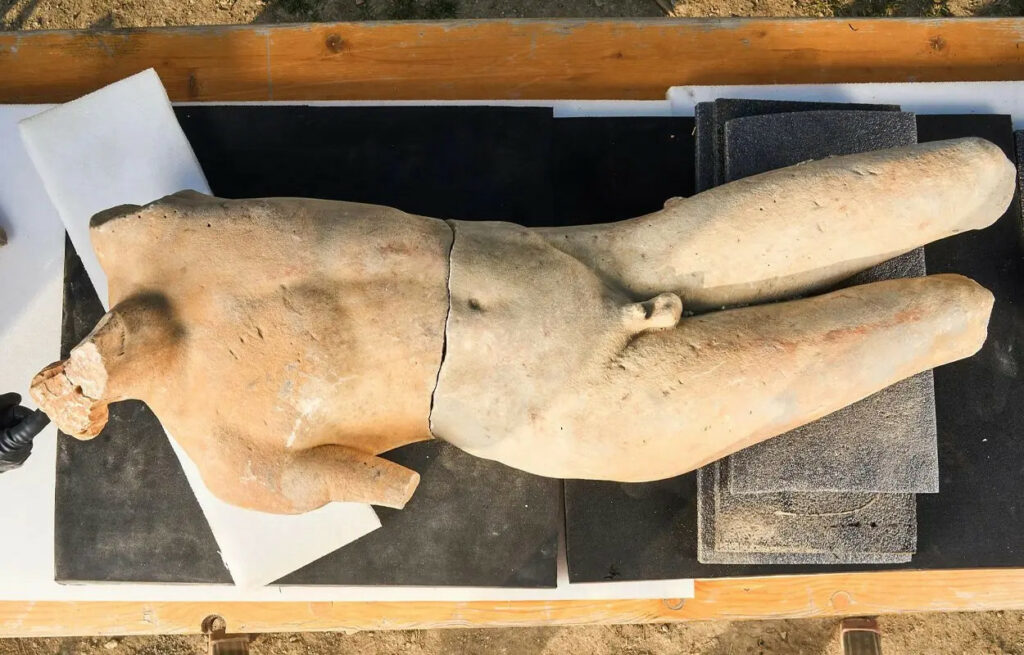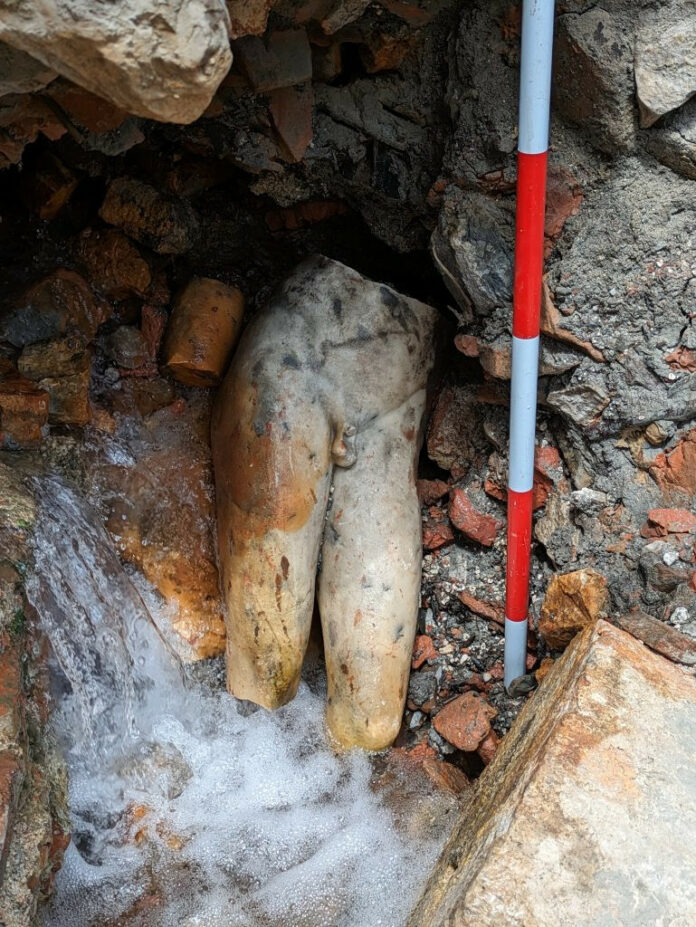Recent excavations at the ancient thermal baths of San Casciano dei Bagni in Tuscany, Italy, have uncovered a remarkable life-sized statue of the mythical figure Apollo Sauroktonos. This well-preserved marble sculpture is the latest discovery at a site already renowned for its wealth of Roman and Etruscan artifacts.

Unveiling the Statue of Apollo
The excavation team, led by archaeologist Jacopo Tabolli from the University for Foreigners of Siena, expanded their dig area beyond the geothermal springs. At the edge of the basin, where an Etruscan-Latin sanctuary once stood, they discovered the marble statue in large fragments. The legs emerged first, followed by the torso and a small altar. Tabolli described the sensation of holding the warm marble body as if it were alive.

A Copy of a Greek Masterpiece
Although the statue is missing its arms and parts of its head, experts believe it can be reassembled. The sculpture is believed to be a copy of a bronze carving by the renowned Greek sculptor Praxiteles, whose famous statues of Apollo Sauroktonos depict the deity playing with a lizard, a reference to his title “the Lizard Slayer.”

Transition from Etruscan to Roman Rule
The statue has been dated between the second-century B.C.E. and the third-century C.E., a period that saw the area transition from Etruscan to Roman rule. During this time, the sanctuary was dedicated in part to Apollo, the god of healing, who served as a central deity in the temple bordering the hot springs. Lizards, associated with the god, have also been linked to cures for eye ailments.
The Fall of the Temple
The sculpture was likely toppled and shattered when Christianity spread through the region at the beginning of the fifth-century C.E., leading to the temple’s closure. The broken pieces of the artifact and a collection of votive offerings were then covered by the site’s fallen embankments.
A Window into Ancient Cultures
Emanuele Mariotti, the excavation’s director, emphasized the significance of these new finds, stating that they provide insight into art, divinity, cures, people, and the encounter between Etruscan culture and the Roman world.
The marble statue of Apollo joins a collection of 24 bronze figures unearthed from the thermal baths in 2022, including depictions of Apollo and the goddess of health, Hygieia. These discoveries were recently displayed at Rome’s Quirinale Palace, with plans to open a museum in San Casciano to permanently house them.

